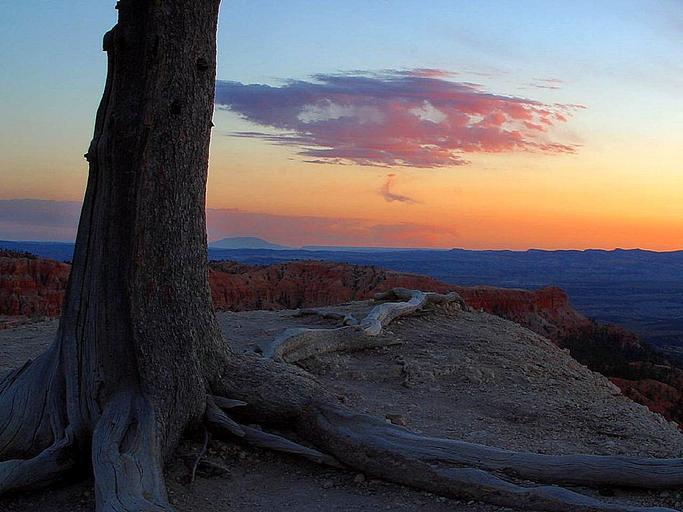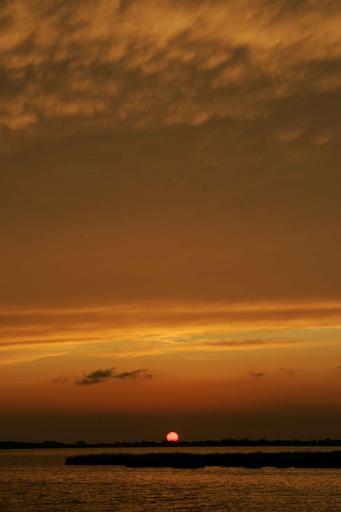Introduction
In the world of photography, light plays an integral role in shaping our perception of reality. Photographers often find themselves navigating through shadows and highlights, weaving a narrative that transcends mere visual representation. One of the most compelling techniques involves capturing backlit subjects and their accompanying shadows. This technique allows artists to explore the liminal world in photography, creating images that are rich in mystery and depth.
Imagine standing at the entrance of a tunnel, where light filters through from behind, casting elongated shadows that dance along the damp concrete. The interplay between light and shadow evokes an ethereal atmosphere, drawing viewers into a realm that feels both familiar and surreal. In this article, we shall embark on an expansive journey through the captivating art of backlighting, exploring its myriad aspects from self-portraits to urban decay, while delving deep into various aesthetic choices that enhance visual storytelling.
Backlit Subjects and Their Shadows: A Play with Light
When we discuss backlit subjects, we're referring to those moments where the light source is positioned behind the subject being photographed. This configuration creates a unique relationship between light and shadow, offering photographers a chance to capture silhouettes or soft outlines that speak volumes about emotion, mood, and atmosphere. The result is often an image suffused with intrigue—a gateway into a transitional space in photography.
Understanding Backlighting in Photography
Backlighting occurs when the primary light source comes from behind the subject rather than illuminating it directly. This method can transform everyday scenes into extraordinary compositions:
Silhouettes: A common outcome of backlighting is silhouette photography, where details are obscured but shapes remain discernible. Highlighting Textures: Backlighting can reveal intricate textures that might otherwise go unnoticed—think of how wet surfaces glisten under indirect sunlight. Creating Depth: The contrast between light and shadow adds layers to images, giving them a three-dimensional quality.Incorporating these elements effectively requires an understanding of exposure settings (ISO, aperture, shutter speed) to ensure your intended effects are achieved without losing detail.
Exploring Liminal Spaces Through Backlighting
The concept of liminality—being ‘in-between’ or transitional—can be beautifully captured through backlit subjects. These spaces often evoke feelings of introspection or existential reflection. For instance:
- Tunnel Photography: Capturing figures walking through tunnels bathed in soft light creates a sense of journeying between worlds. Urban Decay: The haunting beauty found in abandoned buildings lit from behind showcases forgotten spaces layered with stories untold.
By positioning your subject against a luminous background, you invite viewers into these contemplative realms while engaging their imagination.
Character Development Through Shadows
Using shadows as part of your composition can significantly enhance character portrayal within your photographs:
- A solitary figure clad in a long coat may appear mysterious against dark walls. The addition of props like hats can further define character traits—making them enigmatic figures enveloped by their environment.
This interplay not only infuses personality into your images but also enhances narrative depth.
Techniques for Mastering Backlighting
1. Choosing Your Subject Wisely
When selecting subjects for backlit photography:
- Consider objects or individuals with interesting shapes or textures. Look for earthly hues that will contrast strikingly against bright backgrounds.
2. Timing Is Everything: Fleeting Moments
Natural lighting changes throughout the day; thus understanding golden hour—the period shortly after sunrise or before sunset—can be instrumental:
- During this time, warm tones dance across surfaces—ideal for capturing evocative textures.
3. Embracing Atmospheric Conditions
Weather plays an essential role:
- Overcast days provide diffused lighting which softens harsh contrasts. Misty mornings create shadowy reflections that add depth to compositions.
Table: Effects of Different Weather Conditions on Backlit Photography
| Weather Condition | Lighting Quality | Best Time for Shooting | |-------------------|------------------|-----------------------| | Sunny | Harsh Highlights | Early Morning / Late Afternoon | | Overcast | Soft Diffusion | Anytime | | Rainy | Reflective Puddles| Post-Rain |
Creating Atmosphere with Backlighting
The emotions conveyed in photographs often stem from atmospheric conditions established via lighting techniques:
1. Murky Tones vs Earthly Hues
While murky tones evoke feelings associated with despair or introspection:
- Earthly hues can impart warmth and comfort.
Experimenting with color grading during post-processing http://collectivethoughts891.cavandoragh.org/harmonizing-vintage-and-contemporary-decor-styles amplifies these emotional undertones.
2. Immersive Composition Techniques
To achieve immersive compositions:
- Frame your subject within natural elements like trees or architectural structures using negative space effectively.
This technique brings forth depth while inviting observers into the scene's ambiance—creating an experience rather than just an image.
Backlight Techniques for Specific Themes
Different themes require distinctive approaches to backlighting:
1. Tunnel Vision in Photography
Capturing individuals traversing tunnels presents opportunities for creative framing:
- Use leading lines created by tunnel walls guiding viewers' eyes towards your subject—a metaphorical passage through darkness towards enlightenment.
2. Urban Decay & Forgotten Spaces
These locations become poignant when illuminated by backlighting:
- Photograph gritty textures on aged surfaces while incorporating shadows cast by decaying structures to evoke stories lost over time.
The Role of Texture in Backlit Photography
Texture enriches photographic narratives:
1. Wet Textures in Photography
After rainfall provides reflective puddles which amplify environmental storytelling:
- Capture shadowy reflections mirrored on wet ground while incorporating atmospheric portraits for depth.
2. Abstract Forms Emerging From Shadows
Shadows can morph ordinary objects into abstract forms:
- Experiment with angles; shooting low allows you to capture elongated shadows stretching across surfaces creating dynamic compositions filled with character and intrigue.
Exploring Self-Portraits as Backlit Subjects
Self-portraiture offers unique possibilities when combined with backlighting techniques:

1. Creating Contemplative Spaces
Setting up self-portraits against bright backgrounds invites introspection:

- Position yourself within urban decay settings infused with moody aesthetics reflecting personal journeys shared through visual storytelling.
2. Using Props to Enhance Narrative
Incorporating props such as coats or hats can deepen narrative threads within self-portraits:
- Designing costumes enhances character development, enhancing connections between viewer emotions and fostering engagement through imagery captured at fleeting moments, revealing intimate truths beneath surface layers.
FAQs
Q1: What equipment do I need for backlit photography? A: While any camera capable of manual settings works well, you may benefit from lenses that allow wide apertures (for shallow depth-of-field) along with tripods for stability during low-light conditions.
Q2: How do I avoid overexposure when shooting backlit subjects? A: Use spot metering techniques focusing on your subject rather than the background’s brightness levels, ensuring proper exposure prevents blown highlights from compromising image quality!
Q3: Can I use flash when photographing backlit subjects? A: Yes! Utilizing fill flash will help illuminate foreground details, counteract strong sunlight, balance highlight/shadow dynamics better, and boost overall composition quality!
Q4: What editing software should I use to enhance my backlit photos? A: Popular options include Adobe Lightroom for color grading alongside Photoshop, enabling manipulations that aid texture clarity and refine final imagery output!
Q5: Why are shadows important in photography? A: Shadows add dimension, conveying moods/emotions, enriching storytelling, enhancing engagement, fostering deeper connections, and evoking contemplation among viewers!

Q6: How does weather affect my ability to shoot backlit photographs? A: Weather influences lighting conditions dramatically, impacting tonal ranges; overcast days soften contrasts, making them ideal environments providing opportunities to capture fleeting moments filled with emotional resonance!
Conclusion
"Backlit Subjects and Their Shadows: A Play with Light" opens up possibilities within photographic artistry that challenge our perceptions while inviting us towards deeper exploration beyond mere aesthetics—it’s about telling stories wrapped around nuanced experiences evoking connection amongst audiences drawn into this enchanting world! As photographers continue experimenting creatively utilizing these techniques and thoughtfully crafting imagery-filled substance, they’ll find endless avenues waiting for discovery—each click revealing layers hidden beneath the surface, illuminating paths leading toward unknown realms beckoning exploration!